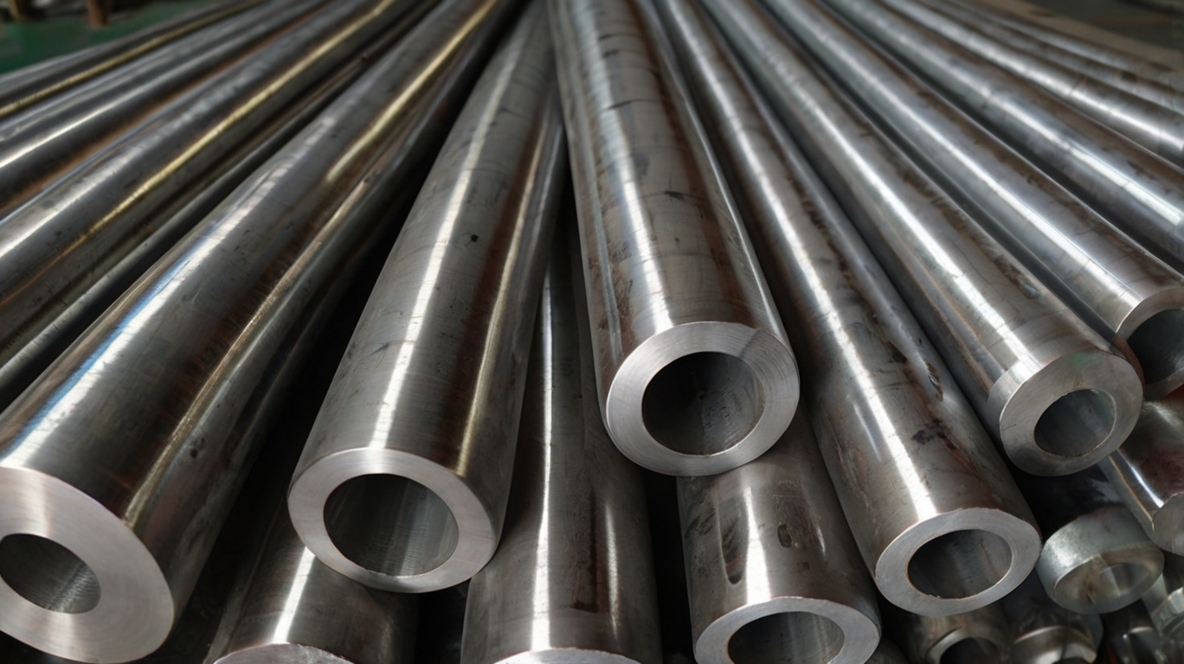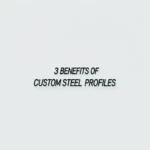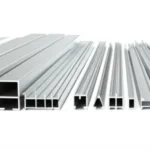Selecting Corrosion Resistant Stainless Steel Hollow Bar Grades
The primary reason for using stainless steel is its corrosion resistance. However, not all stainless steels are created equal. Choosing the appropriate grade of Corrosion Resistant Stainless Steel Hollow Bar depends critically on the specific service environment. The resistance stems from a passive chromium oxide layer that forms on the surface. Elements like chromium, molybdenum, and nitrogen enhance this resistance.


Different types of corrosion must be considered:
- General Corrosion: Uniform attack across the surface, often in acidic or alkaline solutions.
- Pitting Corrosion: Localized attack forming small pits, common in chloride-containing environments (e.g., seawater). Molybdenum significantly improves resistance.
- Crevice Corrosion: Occurs in tight gaps or under deposits where oxygen levels are depleted, also exacerbated by chlorides.
- Stress Corrosion Cracking (SCC): Cracking caused by the combined action of tensile stress and a corrosive environment, particularly problematic for austenitic grades in hot chloride solutions. Duplex grades offer superior SCC resistance.
Grade 304/304L is suitable for general atmospheric and mild chemical environments. For marine applications, chemical processing, or environments with higher chloride concentrations, grade 316/316L, with its added molybdenum, is typically specified. For highly aggressive conditions, Duplex (e.g., 2205) or Super Duplex (e.g., 2507) grades provide superior performance due to their higher chromium, molybdenum, and nitrogen content.
Corrosion Resistance Comparison (Simplified):
| Grade | PREN (Approx.)* | Resistance to Pitting/Crevice Corrosion | Resistance to Chloride SCC |
|---|---|---|---|
| 304L | 18-20 | Moderate | Low |
| 316L | 23-28 | Good | Moderate |
| Duplex 2205 | 30-38 | Very Good | High |
| Super Duplex 2507 | >40 | Excellent | Very High |
*PREN (Pitting Resistance Equivalent Number) = %Cr + 3.3 * %Mo + 16 * %N. Higher values indicate better pitting resistance.
Selecting Corrosion Resistant Stainless Steel Hollow Bar Grades — This article provides a practical buyer‑focused overview with specifications, selection tips, and on‑site considerations. Explore related topics: blog.
Key Specifications and Standards
- Standards: ASTM / EN / JIS (e.g., ASTM A240/A36, EN 10088/10025, JIS G4304/G3131).
- Surface options: 2B, BA, No.4, HL, mirror; galvanized (electro / hot‑dip).
- Processing: hot‑rolled, cold‑rolled, annealed & pickled, welded or seamless.
- Typical services: slitting, shearing, cut‑to‑length, drilling, beveling, deburring.
- Documentation: MTC, CO, packing list with net/gross weight and heat numbers.
Typical Applications
Construction, machinery, automotive, energy, enclosures and fencing, food equipment (for stainless), and general fabrication. Match grade and finish to corrosion, strength, and appearance requirements.
Selection Guide
- Use certified material with Mill Test Certificate (MTC).
- Confirm standards (ASTM/EN/JIS) and tolerances per drawing.
- Match surface finish to application (2B/BA/No.4/galvanized).
- Specify dimensions and acceptable deviation upfront.
- Plan packaging and corrosion protection for transit.
Processing, Packaging and Logistics
We adopt edge protection, waterproof wrapping, rust‑inhibiting paper, fumigated pallets, and strapping suitable for sea freight. Loading photos and weight lists are provided for each shipment.
FAQs
Q: What lead time can I expect?
A: Typically 7–15 days ex‑works for standard sizes; custom processing may extend the schedule.
Q: Can you provide cut‑to‑size service?
A: Yes. We slit, shear, cut, drill, bevel and deburr to drawing to reduce waste and speed installation.
Q: How do you ensure quality?
A: Incoming inspection, process control, and final inspection with traceable heat numbers; third‑party inspection is available.
Q: Do you support small trial orders?
A: We support pilot quantities with consolidated shipping to control cost.
All values are typical and for guidance only; confirm with the datasheet and purchase order before production.
Related products: view details.
Related products: view details.





